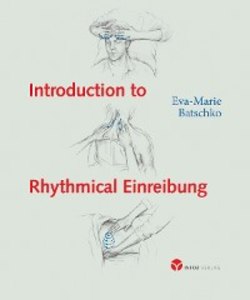Читать книгу Introduction to Rhythmical Einreibung - Eva-Marie Batschko - Страница 16
ОглавлениеEinreibung of the shoulder girdle
8. Neck release (‘Christmas tree’)
The patient sits in an upright and relaxed position on a chair or on a massage table; the patient's feet rest on a firm surface (such as a stool or the floor).
A pillow on the lap allows the forearms to be supported; the neck and upper arms of the patient remain relaxed.
The patient is covered to the neck in a blanket; its upper ends overlap behind the back. When uncovering the back, the two ends are opened rearwards to the right and left, so that they hang down loosely on each side; the shoulder joints remain covered.
Ill. 18
Standing behind the patient, the fingertips of both my hands dip simultaneously into the tissue of the neck (trapezius muscle) to the left and right of the seventh cervical vertebra (Vertebra prominens).
My fingertips point diagonally upwards towards the spine, while the thumbs form a horizontal line without touching each other. The shape of a triangle is thus created between my hands.
Ill. 19
Successively from the index finger to the little finger, I begin to engage the tissue until at last all fingers have full skin contact. As a result, the tissue bulges convexly outwards and ‘swells’ slightly.
At that moment my splayed thumbs dip in supportively between the shoulder blades and initially remain in that position. Without moving the wrists, my fingertips – carrying the tissue along – now flow in parallel to the spine towards the thumbs which, through their position, hold back the current coming from above, allowing it to peak through the engagement.
Perceiving this, both thumbs, together with the other fingers, slide in a slight downward arc at first to the inner edge of the shoulder blades.
In doing so, the fingers and thumbs release the emphasis so that the current can pour down from above in a liberating way.
Then my fingers, with light skin contact, glide upwards on the shoulder blades, completing the first circular motion.
The second immersion begins just below the first starting point at the level of the first thoracic vertebra. The third immersion is at the level of the second thoracic vertebra, etc. The last immersion is done such that the thumbs can still touch the bottom edge of the shoulder blades when stroking.
Thus there is a continuous circling process which is first emphasised in the area of the spine and then released again outwards.
In this way the area between the shoulder blades breathes deeply. Repeat the entire Einreibung several times!
EFFECT
